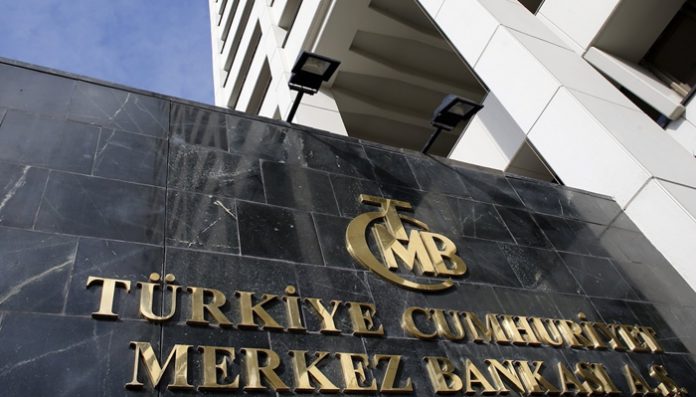The Central Bank of Turkey has stepped in and cut the policy rate to single digits, at 9.75%, for the first time since mid-2018. The bank also announced a number of actions to maintain the proper functioning of financial markets, the credit channel and the corporate sector
The CBT decided not to wait until its scheduled 19 March meeting and instead delivered a 100 basis point emergency rate cut today, pulling the policy rate to 9.75% in response to the spread of the coronavirus and its negative impact on the global economy.
In the statement, the bank acknowledged that there has been an improvement in key macro indicators since the financial volatility of 2018. A rapid correction in external and internal imbalances led to large drop in corporate foreign currency debt, strengthening liquidity and capital buffers within the banking sector. Economic activity also recovered along with the improving financial conditions.
As such, the CBT sees the Turkish economy as more resilient following this rebalancing process, but has taken a number of actions to maintain the proper functioning of financial markets, the credit channel and the corporate sector.
Downside risks to inflation outlook
In cutting rates, the CBT cited growing downside risks to the inflation outlook amid 1) a plunge in commodity prices, especially oil as we have already seen a significant downward adjustment in local fuel prices in recent days despite ongoing currency weakness and 2) weakening demand conditions given the hit from the coronavirus outbreak. In the statement, the CBT noted that “the continuation of a cautious monetary stance” is still required to keep the disinflation process on the “targeted” track. The Bank also reiterated that it would continue to determine monetary policy by looking at “indicators of the underlying inflation trend to ensure the continuation of the disinflation process”.
Measures to maintain financial stability
The CBT also introduced further measures to maintain financial stability with a focus on:
- Providing banks liquidity flexibility: Accordingly, the CBT decided to a) provide as much liquidity as needed b) ease limits on primary dealers c) inject liquidity via longer term (91 days) repo auctions d) hold swap auctions not only against US$ (currently available with maturities of one, three and six months), but also against EUR and gold.
- Offering targeted additional liquidity facilities to banks to secure uninterrupted credit flow to the corporate sector. The bank decided to a) cut FX reserve requirement ratios for banks meeting real credit growth conditions (based on the framework introduced last August) by 500 basis points. This move is estimated to provide US$5.1 billion additional FX and gold liquidity to the banking system b) introduce a new liquidity facility for banks with favourable rates to be provided via longer term repo auctions, TRY currency swap auctions with a maturity of one year so as to maintain lending to the corporates.
- Boosting the cash flow of exporting firms through arrangements on rediscount credits: Accordingly, the CBT decided to a) extend maturing rediscount credits until 30 June by 90 days b) grant an additional 12 month export commitment fulfilment time for the rediscount credits whose export commitment has not been fulfilled yet c) to extend the maximum maturities for newly provided rediscount credits from 20 March onwards.
No signal to end the easing cycle
While the CBT has signalled that this may not be the final move in the easing cycle, the focus now shifts to the package that the government is expected to announce.
Source: THINK Economic and Financial Analysis



